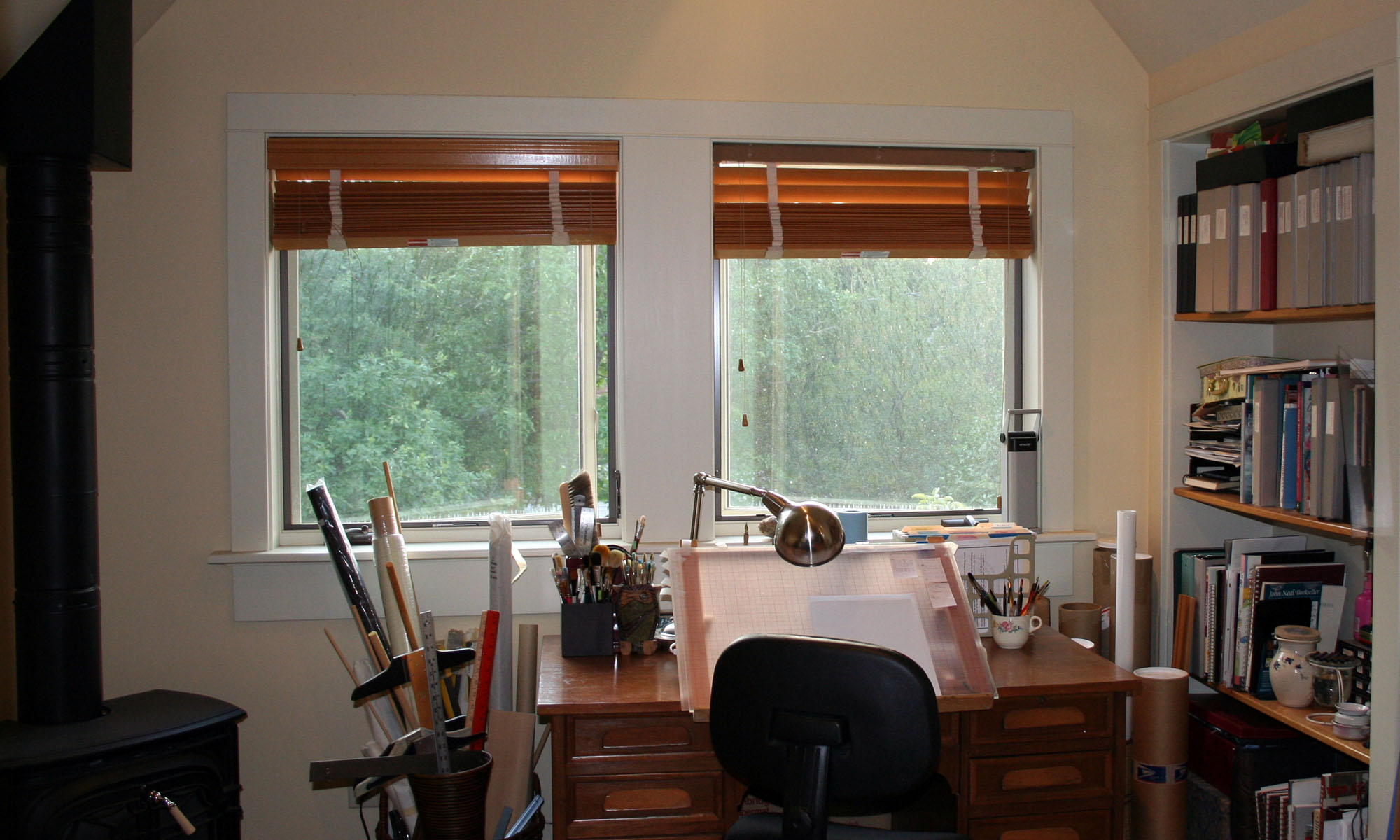
Don’t miss this great new PBS Nova television series on writing, “A to Z”. I did miss seeing the premier showing of “A to Z: The First Alphabet” last week. It’s the first of PBS Nova’s really good two-part program on the history of writing. I was able to see it online here: https://www.pbs.org/wgbh/nova/video/a-to-z-the-first-alphabet/. Brody Neuenschwander, shown above, designed the program
The second half, “A to Z: How Writing Changed the World“, looks to be even more interesting. It airs Wednesday, September 30 in the US.
More about the PBS television series on writing
John Neal emailed this about the series:
Brody Neuenschwander writes: This series has been twelve years in the making and four years in the filming and editing. The first program investigates the origins of writing, seen globally. Writing was invented four times and in four places: Egypt, Sumer, China and Central America. In each case the same steps were followed, which leads one to ask important questions about the very nature of writing. But the alphabet was invented only once, and from this single origin spread around the world. In this program stunning footage from Australia, Egypt, China and Europe will show how hieroglyphs and cuneiform were first created and how they function in a very similar way to Chinese and Maya script. The leap to the creation of the first alphabet came in a surprising way and in an unexpected place: the wastes of the Sinai desert. As this alphabet spread and evolved, it replaced pictographic systems everywhere except China, Japan and Korea. In so doing, the alphabet changed the course of history.
The second program looks at the materiality of writing and the differences between the world’s three major writing systems: the Latin alphabet, Arabic and Chinese. How do these systems function and how are they different? How did these differences influence the history of each culture? And what part did different writing materials play in the development of written communication (papyrus, parchment, paper)? The influence of all these factors on the development of printing will be shown, helping us to understand how the shapes of letters can have an immense impact on the history of whole societies.
There is a third program on “script and identity” that will not be shown in this PBS/Nova series, but will appear later online. However, all three episodes areto be broadcast on BBC4. The manipulation of script for political purposes will be investigated, as will fascinating questions such as “How do the Chinese adapt their script to digital technology?” and “How do young people in the Arab world send text messages?”
For those of you who love the sculptural elegance of Egyptian hieroglyphs, the grace of the Chinese brush in action, the brilliance of medieval manuscripts sparkling with gold—this will be two hours of pure pleasure. And we guarantee: you will learn some things you never knew or even thought about!
